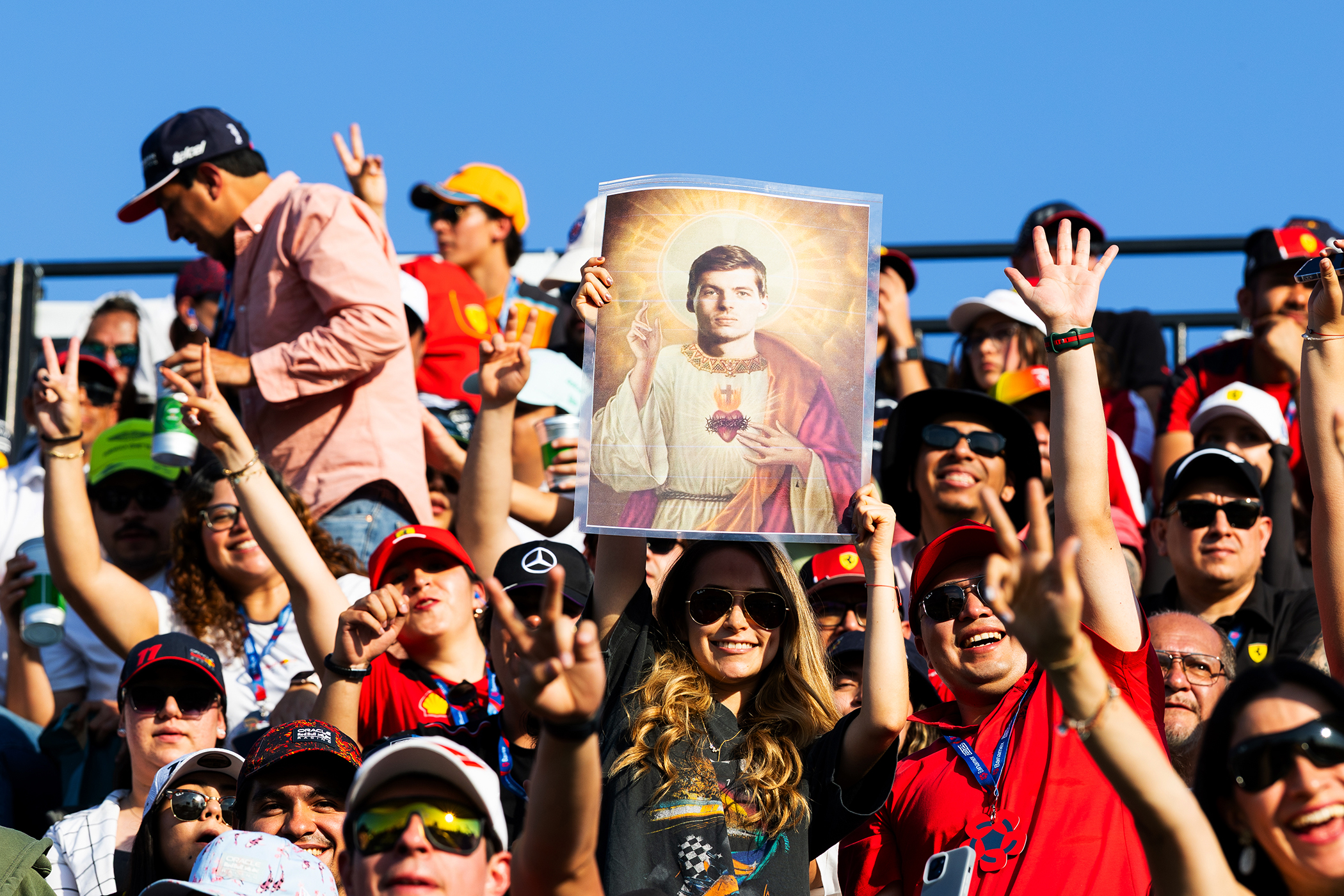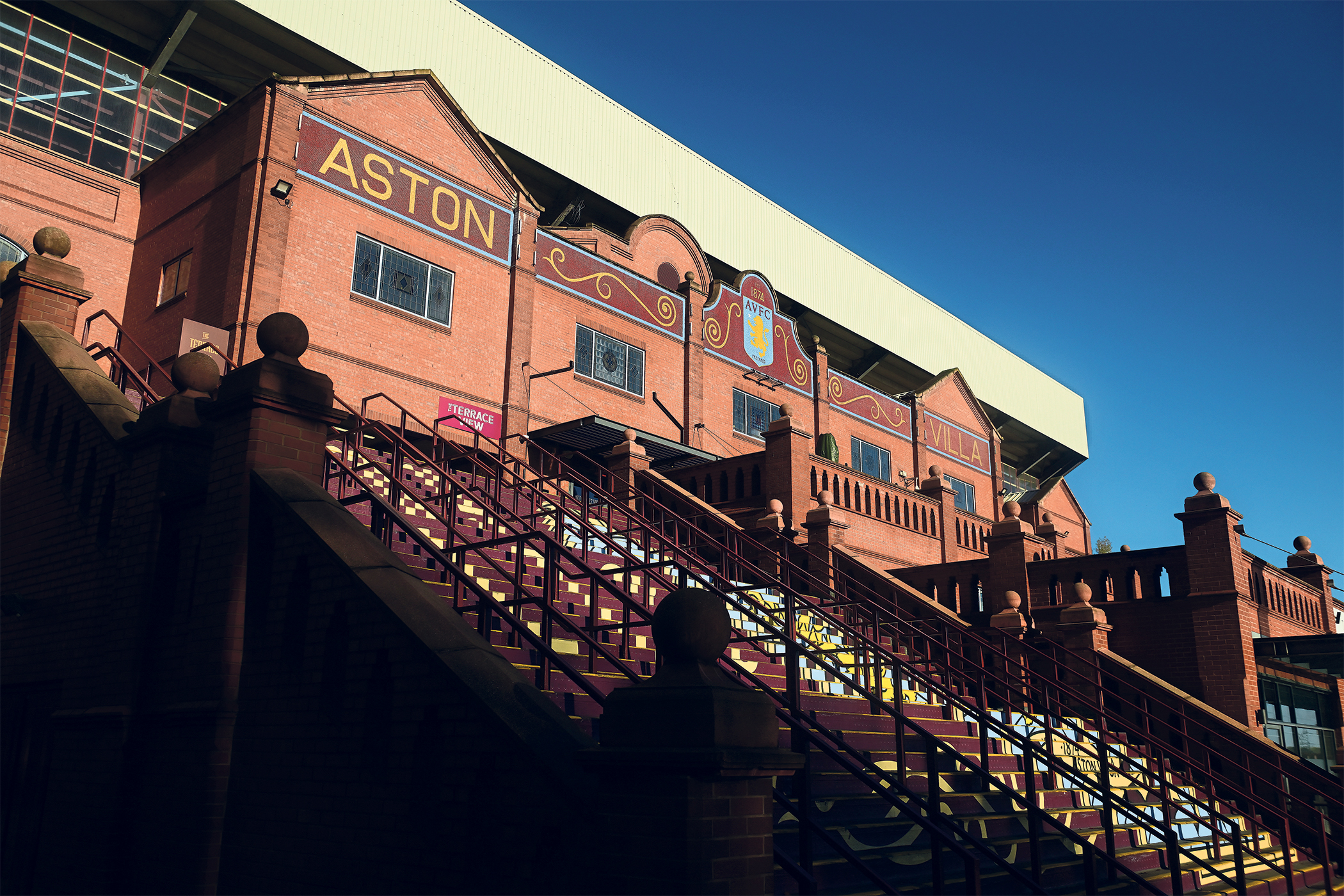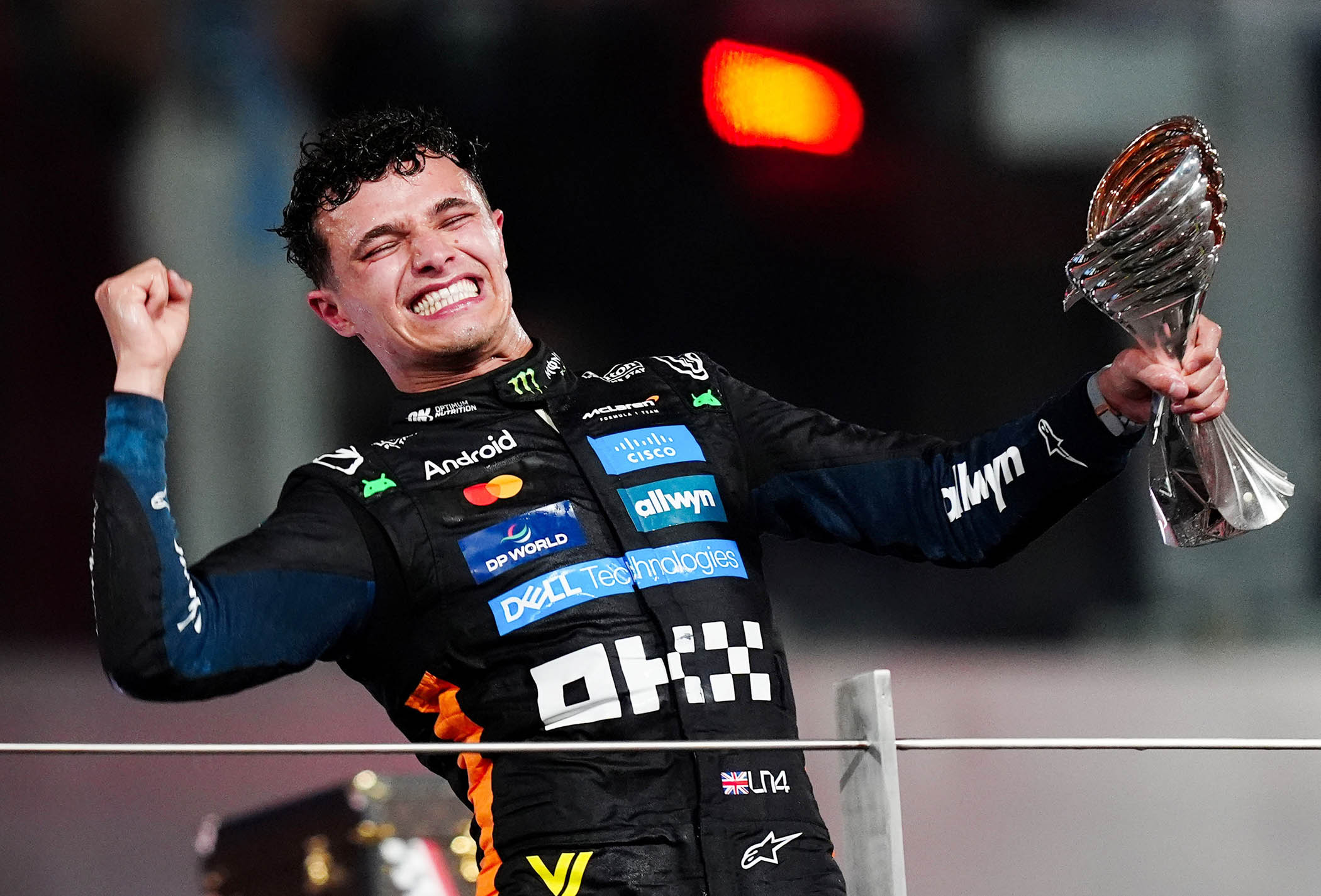Max Verstappen packed up from Zandvoort at the end of August with a 104-point deficit to Oscar Piastri.
The previous weekend in Hungary he had predicted no more race wins for the rest of 2025. After his home Dutch GP in Zandvoort, he seemed to concede his title defence was over.
What has followed is miraculous, his previously unpredictable RB21 suddenly becoming consistently the quickest car on the grid.That he is now 40 points shy of long-time championship leader Oscar Piastri has taken everyone, not least Verstappen, by surprise.
Following a dominant win in Austin last Sunday, he was asked what he would think if someone had told him in Zandvoort he would be in the title race four grands prix later. He said: “I would have told him he was an idiot.”
And yet here he is in Mexico City, where he has won five of the last seven editions of this particular race, breathing down the necks of the two McLarens.
His former sporting director at Red Bull, Jonathan Wheatley, now team principal at Kick Sauber, warned the McLaren drivers to start looking nervously in their rear-view mirrors. The irony is that that wouldn’t have achieved much at the last four grand prix weekends with neither Piastri nor Lando Norris having got the better of Verstappen in Monza, Baku, Singapore and Austin.
What is remarkable about the Dutchman’s results – three grand prix victories, a runners-up spot and a sprint win at the Circuit of the Americas – is that such strong showings have come at such different circuits.
Previously, Red Bull had enjoyed the occasional good race weekend, the wins in Japan and Imola for example, but they were outliers, the team unable to back those up. The week after Suzuka, their car couldn’t cope with the abrasive nature of Bahrain. After winning at Imola, Verstappen was nowhere to be seen in Monaco, 20 seconds behind race winner Norris in fourth place.
It’s not as though a single switch has been flicked with regards to the car at Verstappen’s disposal, although it started with a new floor and front wing in Monza.
The team’s chief engineer, Paul “Pedals” Monaghan, says: “It’s not one thing in terms of the specific build or operation of the car. Ultimately, we’ve got a better balanced car. It’s many pieces of work coming together and seeing the fruits of our labour. The effect’s been quite enjoyable and rewarding.
“If you said from Hungary and Zandvoort we’d win the next two races and be on the podium in Singapore there would have been a few raised eyebrows and what’s the lottery numbers!”
What the upgrades – mostly incremental since Monza – have enabled the team to do is run the RB21 in a configuration that finally suits it, with Verstappen able to push the tyres more heftily without fear of retribution.
Team principal and CEO, Laurent Mekies, who took over when Christian Horner was ousted, has repeatedly been asked what influence he has had in the overhaul and his stock answer has been “zero”. That does him a disservice but, at the same time, much of the upgrades which have come into being were initiated before his time at the helm.
And yet it is clear he enjoys a good relationship with his star driver, who has been leant on more heavily for input regarding the set-up of the car.
Helmut Marko, a director at the team and still an influential figure, said: “Max is more involved. He’s asked about his opinion. But also the Max effect is he is enthusiastic again, he’s smiling and enjoying it, and it starts with our Fridays.”
For much of the season, the Friday of a race weekend was an unmitigated disaster, Verstappen complaining of issues with oversteer and understeer, as well as generally struggling with the balance of the car. It would leave the team playing catch-up and requiring a Verstappen wonder lap in qualifying.
But recently the team and the car have consistently hit the ground running come the Fridays, with Verstappen all smiles. And as Marko puts it: “The Max effect is that if he’s in a good mood, that’s worth two or three tenths of a second.”
That mood is partly down to Verstappen being given the freedom to go GT racing in between grand prix weekends but also the simple fact that a quick F1 car means an inherently happy Verstappen.
For the 28-year-old, the answer to the new-found speed is simple: “We just understood our car a bit better – where we wanted it to perform better.”
Horner, Mekies’ predecessor, liked to refer to the RB21 as a “diva”. Not so now and the effect is being felt by McLaren, Piastri in particular.
Previously, the long-time championship leader had looked unflappable, calmness personified and yet Austin was another weekend where he floundered. McLaren have long since turned their attention to their 2026 car, such was their advantage over the rest of the field. In contrast, Red Bull have continued throwing solutions at their car, although it remains to be seen what impact that might have on next year’s model.
As for Verstappen, with 141 points up for grabs in the final five GPs plus two sprint races, simple mathematics suggest he still has his work cut out. As he says: “I know that we need to be perfect until the end to have a chance.”
For the last four races, he has been nigh-on perfect.
Photograph by Mark Thompson/Getty Images



